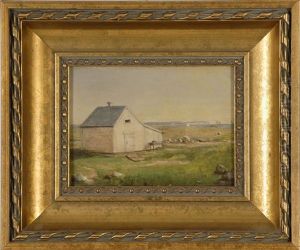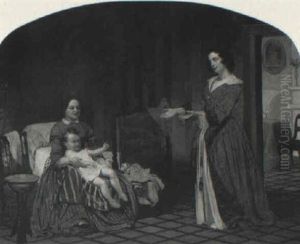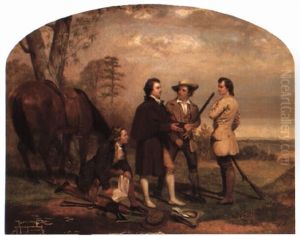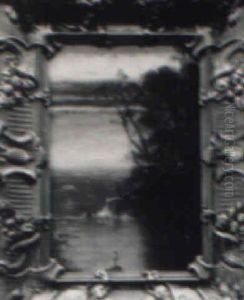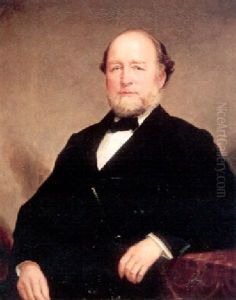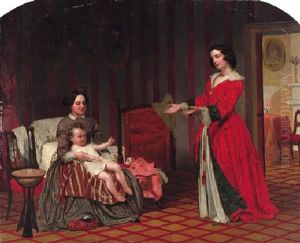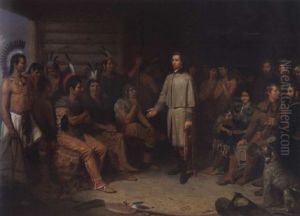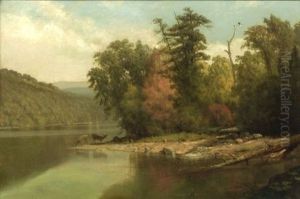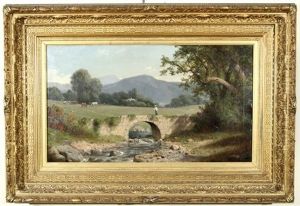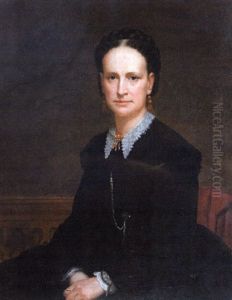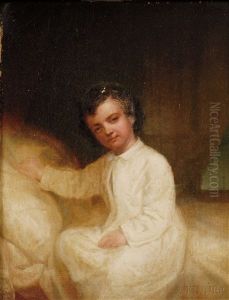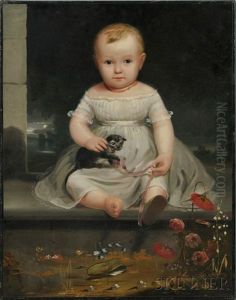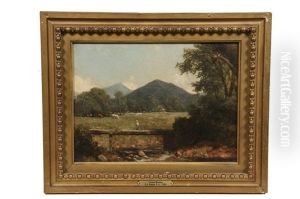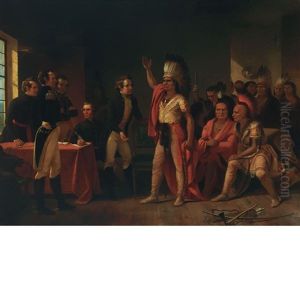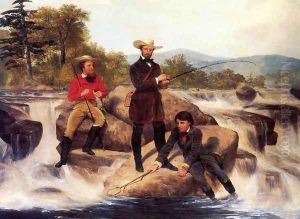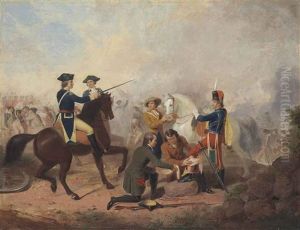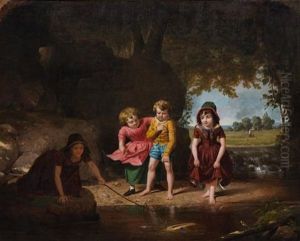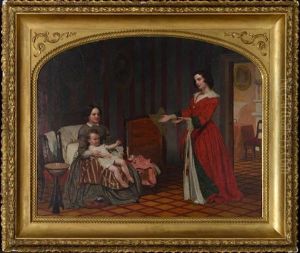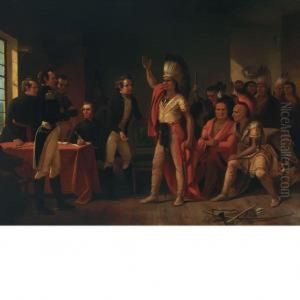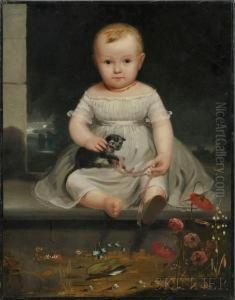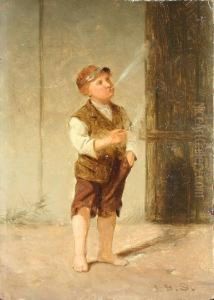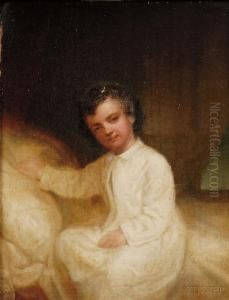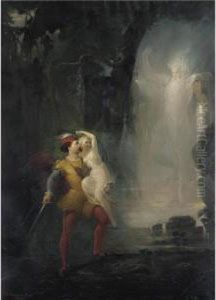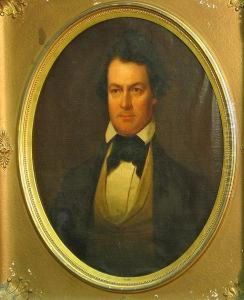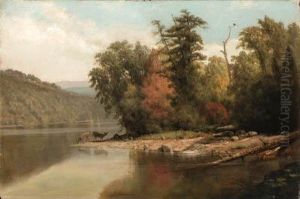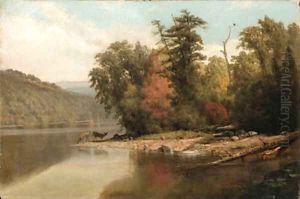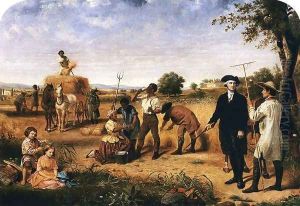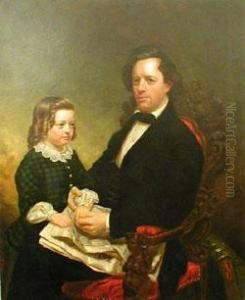Junius Brutus Stearns Paintings
Junius Brutus Stearns was an American painter known for his historical and genre paintings. Born on September 2, 1810, in Arlington, Vermont, Stearns developed an interest in art from an early age, despite the lack of formal artistic institutions in his immediate area.
He began his artistic training in his early twenties, studying with the esteemed painter Samuel F.B. Morse, who is also credited with inventing the Morse code. Stearns’s early works were primarily portraits, a common starting point for artists of the era seeking to establish a career.
In the 1840s, Stearns moved to New York City, where he became involved with the National Academy of Design, further honing his skills and becoming part of the city's growing artistic community. It was during this period that he began to explore historical themes, producing works that depicted scenes from American history with a particular focus on the life of George Washington. His series on Washington's life gained him significant attention and acclaim, contributing to his reputation as a painter of American historical narratives.
Stearns's work is characterized by its narrative quality and attention to detail, which was typical of the historical genre painting of the time. His paintings often included elaborate backgrounds and were marked by a romanticized view of the past, common to the period's nationalistic sentiment in the arts.
Throughout his career, Stearns exhibited his works at various institutions, including the National Academy of Design and the American Art-Union. Despite his focus on historical subjects, Stearns also painted landscapes, still lifes, and other genre scenes, showcasing a versatility in subject matter.
Later in life, Stearns continued to paint but did not achieve the same level of fame that he enjoyed in the mid-19th century. He died on June 24, 1885, in Brooklyn, New York. Today, his works are part of several museum collections and are studied for their depiction of American themes and their contribution to the genre of historical painting during the antebellum period.
